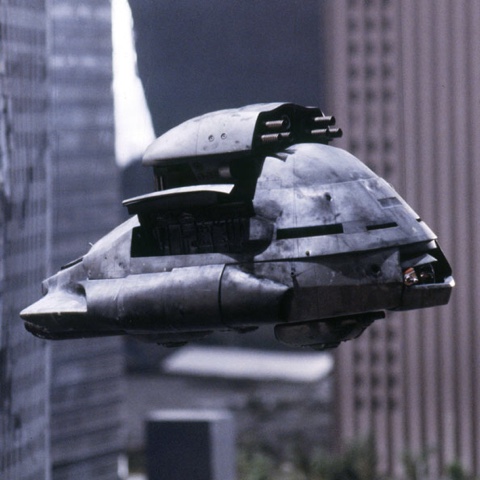Background
Before I start I want to layout some background information regarding the Return of Godzilla and the Heisei era in general. If your a big kaiju movie buff then you probably already know all of this so feel free to skip to the next section.What is Heisei Godzilla? For the sake of brevity, the Heisei era includes the 7 Godzilla movies made from 1984 to 1995. This series is characterized by practical effects and tight continuity, which is why it's such a great opportunity to examine how humanity's response to giant monsters changes and evolves over time.
The Heisei Series named after current political era in Japan, which started in 1989. Yes, I know that doesn't make total sense since the Return of Godzilla was released in 1984, but just go with it. Technically the later Millennium series and Legendary series also take place in the Heisei era of Japan, but they aren't considered part of of the Heisei film series. Confusing, I know. Maybe I should do a Kaiju History post sometime down the road...
Anyways, the Return of Godzilla is the first entry in the Heisei Series. It ignores all previous Godzilla movies besides the original 1954 film, Gojira. If you can't stand the cheesiness of some of the older films, then this is the perfect jumping on point. This movie can be enjoyed without having seen any other Godzilla movies. The only thing to keep in mind for younger viewers is that this movie was made in the middle of the Cold War and it pulls a lot from the politics of the time. This movie has only recently been made available on DVD and Bluray so it is finally easily accessible in America.
The Review
After 9 years out of the spotlight, the King of Monsters makes a triumphant return in the Return of Godzilla. While I normally prefer my kaiju films to feature the clash of two or more titanic monsters, this solo outing hits all of the right notes with me. It has the ridiculous monster movie science that I love and an interesting conflict centered around the awkward complexities of Japan's position during the Cold War.The conflict of the movie is threefold. In one theater, you have Japan dealing with Godzilla's first appearance in 30 years. The atomic horror that is Godzilla has returned to a vulnerable Japan. The Japanese government isn't entirely caught off guard though. They quickly re-purpose the anti-nuclear aircraft, Super X, to deal with Godzilla instead of a Russian or American attack. With its titanium-platinum alloy hull and newly added cadmium missiles, it represents the government's best hope at defeating the King of Monsters. While I can't speak to the actual properties of the platinum titanium alloy they used, cadmium is used in real world nuclear reactors to slow and control the reaction. It makes sense that these missiles would be particularly effective against Godzilla and his nuclear powered biology.
The second conflict involves the two super powers of the era: the USA and the USSR. As Japan scrambles to repel Godzilla's attack, these two countries send representatives to urge Japan to allow them to nuke Godzilla. They both say that they want to strike him while he's in the Sea of Japan, but they won't hesitate if he moves into Tokyo as projected. Obviously hits a sore spot for Japan given not only Hiroshima and Nagasaki, but the plethora of nuclear tests that inspired the 1954 Godzilla movie.
Given the Cold war politics and a anti-nuclear super aircraft, how could this get any crazier? Well the third facet of the conflict involves a group of scientists that want to lure Godzilla into a volcano using birds. Yes, you read that right. The heroes of the film try to trick Godzilla into falling into a volcano by manipulating the same magnetic navigation instinct that birds have. While his magnetic navigation instinct never comes up again in the Heisei series, it does set the stage for the monster mind control technology exhibited in the later films.
All things considered, this is a serious monster movie with some great cinematic moments. While the characters are sometimes forgettable and the science can be hilariously inaccurate, it's miles better than many of the Godzilla movies Toho gave us in the 70s. It's an excellent reboot for my favorite franchise and one of the top 3 Godzilla movies I'd recommend to monster movie newbies.



Wonderful write up. I am only familiar with the "old" movies (black and white!). This makes me want to take the time to watch something newer. I am also interested in how you incorporate "themes" from the movies into Daikaiju Director.
ReplyDelete